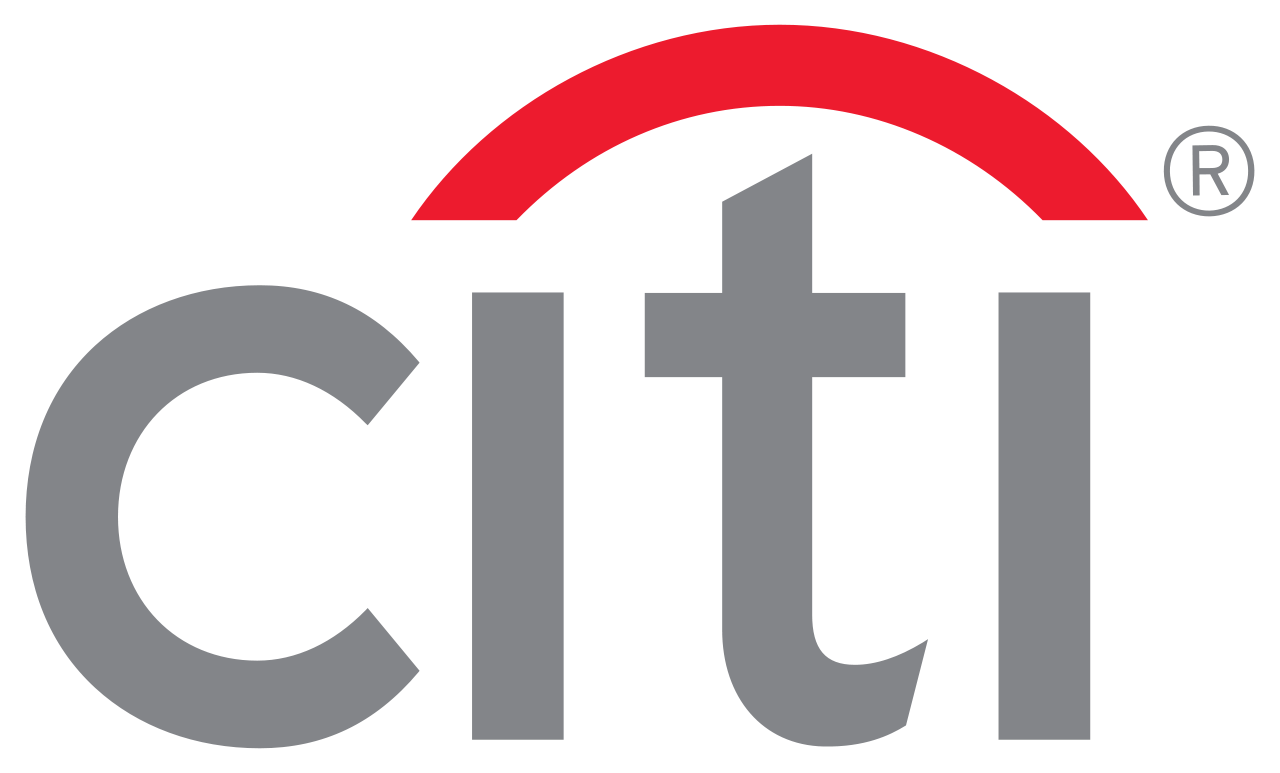Fair value in financial statements – what might it concern and how should it be approached
12.01.2010Company: Amcham
The end of the calendar year means also the end of the accounting period for many accounting entities that begin to occupy themselves with closing transactions. One of the most interesting and the least routine transactions is revaluation of certain items to fair value, or accounting for the revaluation difference.
Which items, for example, might revaluation to fair value apply to?
The Section 27 of Act No. 563/1991 Coll., on accounting (the “Accounting Act“) as amended, is the guideline for us, defining individual balance sheet items that must be measured at fair value at the end of the accounting period.
These include the following items:
- Securities available for sale
- Securities held for trading
- Receivables determined for trading
- Interests with insignificant influence (not a share in a limited liability company (s.r.o.)
- Derivatives – whether hedging or not
The question is how fair value should be determined if any of the items above is recorded in your balance sheet. Again, the Accounting Act considers a method to determine fair value (also in Section 27 (4)-(7)). Market value is the best guideline to determine fair value; however, it is often not available as a given security is not publicly traded.
Another choice can be to use valuation by a qualified estimate or by an expert opinion; nevertheless, the valuation methods used in a qualified estimate or in an expert opinion must ensure an adequate approximation to the market price.
If, therefore, a given item is not publicly traded, an internal calculation of a fair value estimate can be prepared. Be informed, however, that a fair value estimate is a very specific and difficult matter. Therefore, we would advise you to consult an expert in valuation of securities or derivatives in such situations.
If there is an agreement regarding, e.g. a derivative instrument, with a bank, the bank should communicate the amount of the fair value at the end of the accounting period. Consulting the calculation with an independent expert is still worth considering in such cases.
What is, however, always very important, is the issue of completeness in terms of accounting for given items. This regards especially derivative transactions that should be accounted for at acquisition off balance and are measured at fair value and recorded in the balance sheet only in the end of the first accounting period (if they have not been sold). Such transactions are usually decided on in other departments. The key thing therefore is that the tax department receive all information on the closed derivative transactions as at the date of the financial statements to be able to account for them.
How to cope with the difference arising from revaluation to fair value?
The approach varies according to individual groups of the principal items. Below are the items from the list above where revaluation to fair value is accounted for:
- In profit and loss
- Securities held for trading
- Non-hedging derivatives
- Hedging derivatives – security for fair value
- Receivables determined for trading
- In equity
- Hedging derivatives – security for cash flows
- Combined – i.e. in profit and loss in certain situations and in equity in other
- Securities available for sale – here one must first distinguish between impairment which is permanent and which is of temporary nature.
- Permanent impairment (e.g. in shares) means that the issuer of shares is bankrupt and the outlooks are definitely unfavourable; this is similar with bonds.
- Temporary impairment (again in shares) concerns the cases of impairment due to market price movement or due to interest rate movement (in bonds)
Permanent impairment of fair value
If impairment of an available-for-sale security is of permanent nature, it is always reflected against the profit and loss of the current accounting period. The amount of such impairment corresponds to the positive difference between the valuation of the security upon acquisition and it current fair value with respect to previous impairment losses. This applies both to debt securities and for equity securities available for sale.
If the fair value is then increased, it is necessary to proceed in a different way.
Equity securities available for sale are charged against accounting group 41.
Debt securities are charged against the profit and loss in the amount of the previous recorded impairment and only after that against accounting group 41.
Temporary impairment of fair value
If the decrease or increase of the value of a security available for sale is of temporary nature, it is charged against accounting group 41.
In conclusion, we would like to advise that it is important to take into account any possible influence of deferred taxation on fair value revaluation at the end of the accounting period which is specific for each of the categories mentioned above. It is therefore necessary to distinguish which category of securities or derivatives is concerned, which type of securities, and whether the revaluation is positive or negative.
In this newsletter we will not deal with the issue of embedded derivatives. You will learn more about this topic in one of the next issues.
If you have any questions, please do not hesitate to contact us.
Hana GREGÁSOVÁ, Manager, TACOMA audit
Tel: +420 226 219 000
Mobil: +420 605 292 807
E-mail: hana.gregasova@tacoma.eu







